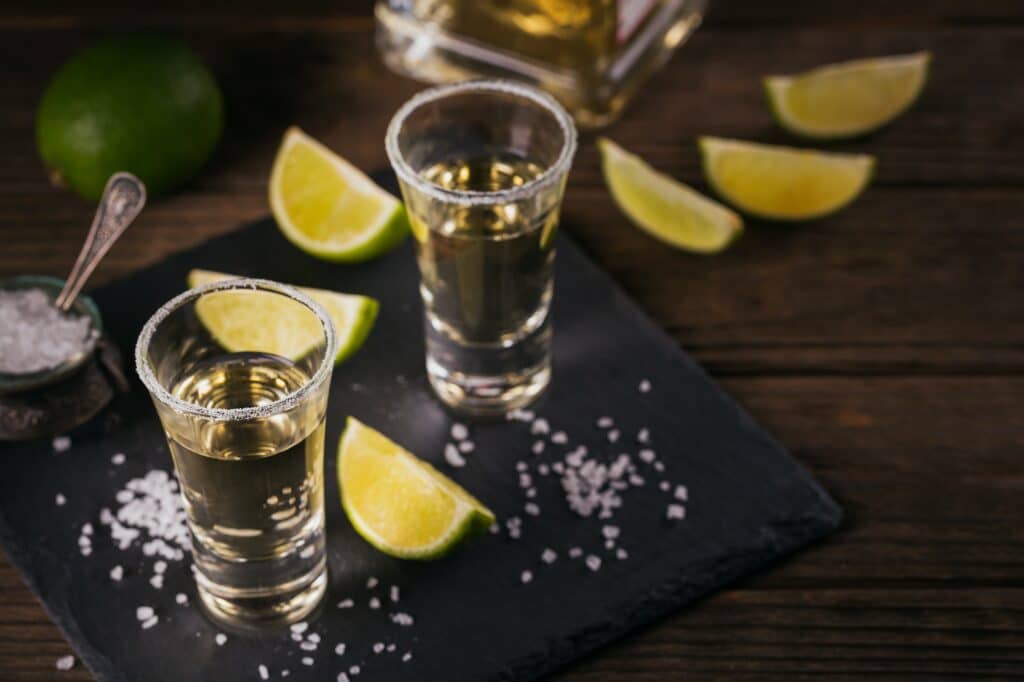A new study finds that mood shifts and exposure to alcohol-related cues contribute to alcohol cravings in opposite ways for men and women.
Investigators at the University of Central Florida explored how attention to alcohol-related cues and the influence of mood and biological sex affects current cravings, by gathering data from 69 college student drinkers aged 18 to 29 who did not have psychiatric disorder. Two-thirds were female and 91% were white. For up to 15 days, participants carried a digital tablet and assessed their current mood and drinking. Investigators gathered approximately 4010 assessments, which covered mood (eg, “How nervous/sad/joyful are you feeling right now?”) and alcohol craving (eg, “How strong is your urge to drink alcohol right now?”). Bias was assessed by a visual task with alcohol-related and nonalcohol-related stimuli.
Consistent with the affect regulation model, positive mood was associated with momentary alcohol cravings; however, the associations were opposite for men and women. In men, attention to alcohol cues and alcohol cravings became stronger when they experienced improved mood. In women, the association strengthened during mood declines. This is the first study to find such an association. This new data may add credit to the theory that women develop addiction-like behavioral traits more rapidly than men.
The study provides further evidence of sex differences in attention and alcohol cravings, and may be reflective of varying cognitive processing of attentional versus social cues in men and women. Interventions could potentially focus on shifting attention away from alcohol cues to reduce craving, though they may yield different results among men and women.

